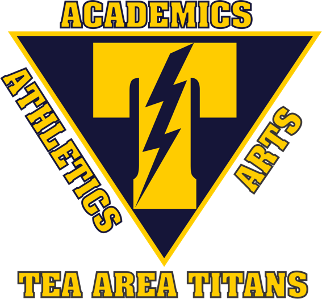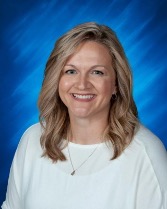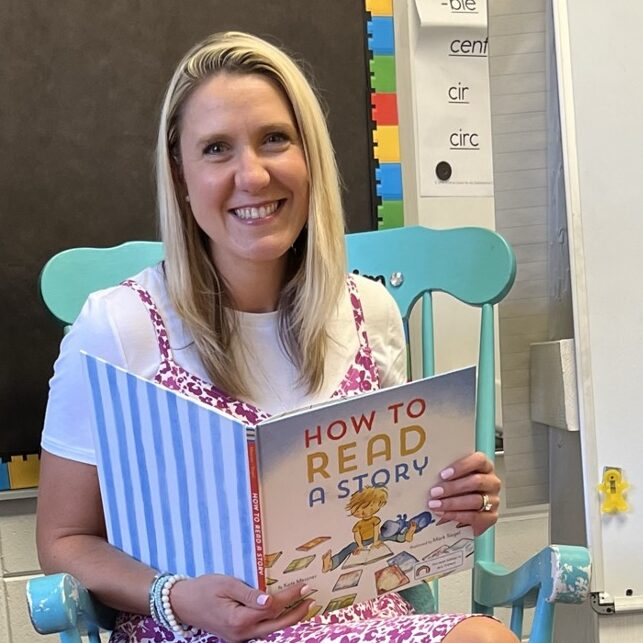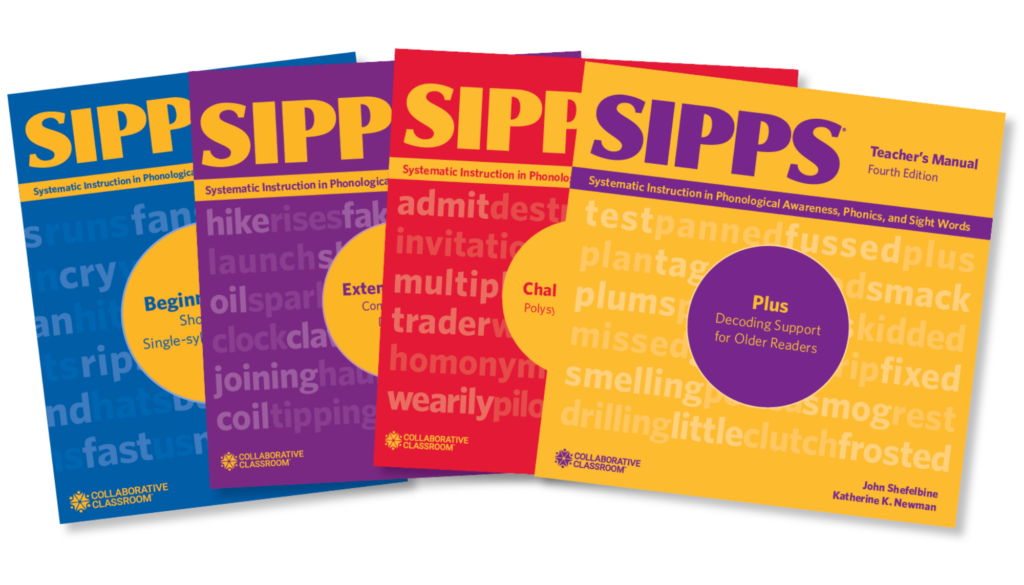
Tea Area School District in South Dakota uses SIPPS as an intervention curriculum in their elementary schools as well as for direct phonics instruction for all students with a diagnosed reading learning goal in any grade.
In this interview, we speak with Dr. Samantha Walder, Tea Area’s Director of Curriculum, Instruction, and Assessment, and Dawn Preheim, a reading interventionist at Tea Area’s Legacy Elementary School.

Dr. Samantha Walder, Director of Curriculum, Instruction, and Assessment, Tea Area School District
Thank you for speaking with us, Dr. Walder! Please tell us a little about yourself, Tea Area School District, and the students that you serve.
This is my first year as the Director of Curriculum, Instruction, and Assessment at the Tea Area School District. For the previous six years, I served as the principal at Legacy Elementary School.
Tea Area is a rapidly growing school district with more than 2,650 students for the 2024–25 school year.
When did Tea Area School District first become interested in SIPPS?
Our ELA review team vetted SIPPS for use as systematic phonics instruction about seven years ago, as we considered curriculum options.
Tea Area schools have been using SIPPS for approximately six years now. Please tell us a little about the implementation.
SIPPS has been very successful as an intervention curriculum in our elementary schools as well as for direct phonics instruction for all students with a diagnosed reading learning goal in any grade at Tea Area.
What do Tea Area teachers appreciate about SIPPS?
Teachers appreciate that students who receive SIPPS instruction from our interventionist have been very successful in learning the phonics skills required to learn to read.
What have you noticed about students’ learning and engagement with SIPPS?
As soon as students learn the routines and procedures of the explicit phonics instruction in SIPPS and they see success, they become more engaged.
Students are excited to show their teachers and their families at home how much they are able to read after receiving SIPPS intervention.
Students are excited to show their teachers and their families at home how much they are able to read after receiving SIPPS intervention.
How has SIPPS shifted teaching practices and/or professional learning in your district?
SIPPS has empowered our intervention teachers with a progression of decoding skills that are developmentally appropriate. I am incredibly proud of our Interventionists for embracing systematic phonics instruction.
I am incredibly proud of our Interventionists for embracing systematic phonics instruction.
What insights would you share with another South Dakota district considering SIPPS?
SIPPS instruction meets the requirements of the science of reading for a systematic phonics instruction with a progression that reflects developmentally appropriate learning.
SIPPS instruction meets the requirements of the science of reading for a systematic phonics instruction with a progression that reflects developmentally appropriate learning.
The systematic teaching can seem repetitive, but it is designed that way so students’ cognitive load is focused on acquiring new phonics skills rather than the novelty of the lesson.

Dawn Preheim, Reading Interventionist, Legacy Elementary School, Tea Area School District
Please tell us a little about yourself, Dawn, your role as a reading interventionist, and the students that you serve.
My name is Dawn Preheim and I am the reading interventionist at Legacy Elementary School here in Tea, South Dakota. This is my 21st year teaching at Legacy, and I am blessed to read with the hardest-working kindergarten through fourth graders in our school each day!
Teaching is my passion, especially helping students become confident readers.
I am a South Dakota girl who tolerates the winter snow but loves the summer sunshine and iced coffee! My husband Dave and I have been married for 20 years and have three awesome kids. Teaching is my passion, especially helping students become confident readers. My dad is my biggest inspiration and my favorite teacher.
What is the most rewarding part of being an educator for you? What do you especially enjoy about your current role?
The most rewarding part of being a teacher is forming lasting relationships with my students. Working in the same school district for two decades has allowed me to celebrate important milestones with students, such as making the honor roll and graduating from high school.
Being a reading interventionist allows me to see students improve from one year to the next. It’s very rewarding to watch my students grow in confidence and begin to view themselves as skilled readers.
In your role as a reading interventionist, what do you appreciate about SIPPS?
I appreciate that SIPPS gives my students opportunities to practice the skills they are learning in a real story!
I appreciate that SIPPS gives my students opportunities to practice the skills they are learning in a real story!
Students discover the connection between the skills and strategies we practice in the beginning components of the SIPPS lesson and the texts they read. This is a great motivator and makes learning visible for my students.
What have you noticed about your students’ learning and engagement with SIPPS? If a particular story from your classroom comes to mind, please share it.
My students see the value in what they are doing and notice their growth as they transition into increasingly challenging texts.
When our principal came to visit our classroom this year, she briefly chatted with one of my students during fluency reading time. Then the student excused herself and said, “I can’t chat anymore; I need to get back to my reading.”
It warmed my heart to hear how much this student valued and enjoyed her reading time!
How has SIPPS affected or changed your own teaching and learning as an interventionist?
I have learned so many wonderful strategies from teaching all levels of SIPPS. It’s been especially helpful to see how each level connects skills and builds independence.
I have learned so many wonderful strategies from teaching all levels of SIPPS. It’s been especially helpful to see how each level connects skills and builds independence.
For example, teaching students in SIPPS Challenge Level to read syllables and then “try for a real word” has taught me how to address difficult polysyllabic words with my older students and train them to be careful, thoughtful readers.
What advice would you share with an educator who is new to implementing SIPPS?
It is very beneficial to seek out professional learning from Collaborative Classroom. After attending a training on SIPPS Beginning and Extension Levels, I had a better understanding of how all the components of a lesson work together to build a confident reader and how each level of SIPPS connects to the next.
Also, find ways to make each lesson fun without slowing down your pace! Turn routine directions into a chant or song, use a cat puppet to teach short vowels, or get creative in other ways to make learning enjoyable for you and your students.
Related Reading
Clearwater, Kansas Public Schools Win with SIPPS
Why Are So Many States Recommending SIPPS?
Explore SIPPS
SIPPS® is a research-based foundational skills program for grades K–12 that is proven to help new and striving readers, including multilingual learners and students identified with dyslexia, quickly develop the accuracy and automaticity needed for fluent, independent reading.

